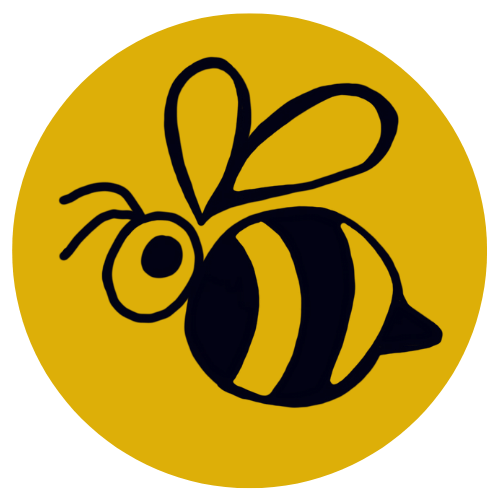In part 1, I wrote a bit about the construction process, the thought process behind my new wildlife pond, and about the frogs that have made it their home.
Here in mid-August, the pond is three months old now and its basic structure has taken shape. I still have some cords and hoses to hide, still working at blending the mulch edge into the site, and I'm still reworking the rocks and 'waterfall' from the upper filtration basin down to the main pool, but I'm up to adding some 'mostly taken shape' pictures.
Either late Autumn or early Spring, I want to add more native plantings at the edges, but for now, my little bareroot plants have started to leaf out and the floating plants are providing shade and habitat for what has turned into what appears to have been multiple rounds of newly hatched tadpoles. There are many older tadpoles, and the frogs themselves lurking around in the deeper water as well.
I continue to find hoofprints nearby, implying the deer are making stopovers. Now that there's mulch edging, I no longer find muddy raccoon pawprints on the liner, but I assume they're still using it as well. Lately, I've been watching dragon flies and lots of fireflies.
The frogs often hop in when I come close, but I've also intentionally made many rock overhangs and hidey holes and they're using them regularly.
I find butterflies and lots of moths sipping and landing on the rocks. People assume water will attract unwanted insects and that they'll breed there, but if the water is moving and frogs and the like are taking up home there, they're more likely to find themselves frog snacks.
The biggest changes since my first post have been getting the clay pieces into the upper waterfall to act as a biological filter and because the sound of moving water was important to me (as well as further oxygenating the water) there's now a small resin "spitting" frog statue that also helps with circulation. Both feeder tubes off the pump are on a daily timer running morning until dusk, leaving the water still in the nighttime. My partner helped with the engineering,
There's a resin turtle previous owners left here at the house when we moved in, but its internals are mucked up with years of mud. Its spitting days appear to be over.
Apart from the upper filtration puddle and waterfall down, the other main areas are shallows that the tadpoles and some plants are enjoying, a bog area I dug out to increase edge area and increase the shallows, the stony wildlife 'beach' to make it easier for creatures to get in and out and get some traction as they climb out, several old logs along the edges where frogs tend to sun themselves, and a 'deep end' with underwater oxygenating plants for various forms of pond life to hide and live in.
I've been researching fish and their needs. If I added an aerator and a small heater to maintain an open patch in winter (because we'd get ice) it's deep enough and large enough to support a few small fish. I think that's next year's project, though.
The liner is still very visible, particularly around the waterfall, but some more rocks will help disguise it better.
This far in, the main thing I have to say about the experience of having made one, is that exactly as I had read, and mentioned in part 1, once you have a stable predictable, ongoing water source, no matter how big or small, it begins to attract SO MUCH LIFE, and that in turn brings even more critters to it.
The sound of the moving water attracts squirrels and other curious woodland friends while hinting at the nearby pond from lots of different parts of that portion of the yard. I can hear it while I work in the nearby greenhouse.
The bench nearby has become an ongoing sit spot where I often take a break after working in the raised bed garden. It's cooler and shaded, and always busy. As the sun sinks down, the frog songs take the place of the trickling water sounds.
One of the better pictures I have of the whole completed pond-

This front little 'bay' is the bog area-

The small rocks mark an overflow trench to deal with outflow-

Shallows-

In this construction picture, you can clearly see the structure, the uphill waterfall and filtration basin, along with the downslope into the deep end of the main pond, with the bog at the upper right hand side-

The spitting bullfrog fountain there at the bottom of this picture-

A construction picture of the upper basin-

One last picture taken from the upper basin with the 'waterfall' filter now covered in rocks and plants added. It's still under construction here. The waterfall spills out from under the flat rock 'cave'-

I'd have a difficult time estimating how much time I've put into it, but the basic structure came together very quickly. Since it was built into a preexisting sinkhole, there was nowhere near as much digging required.


